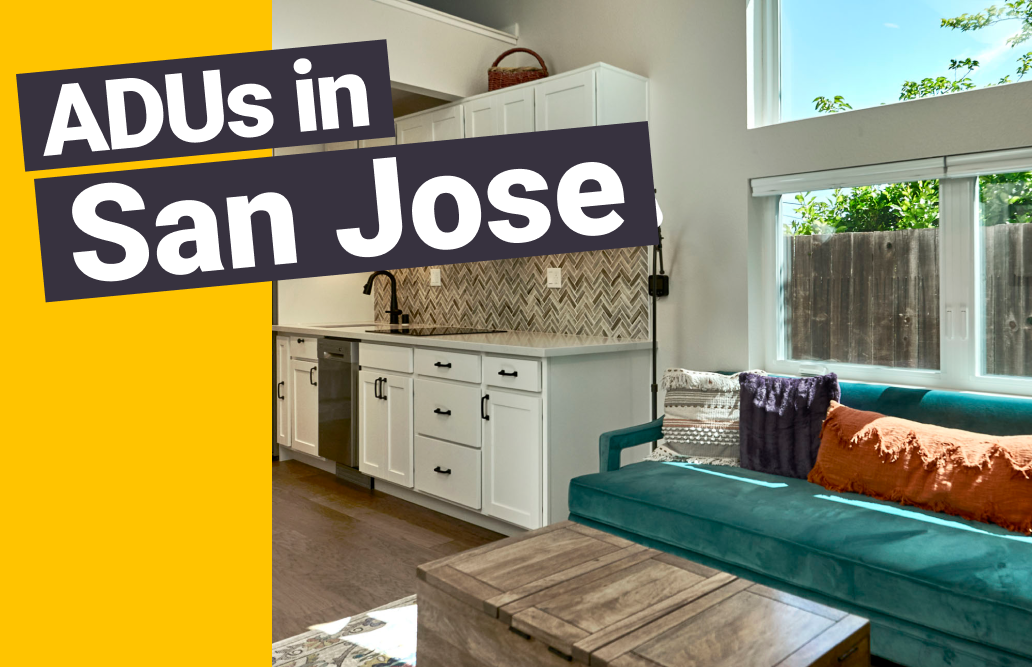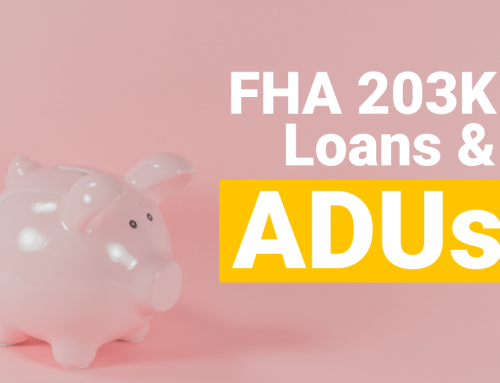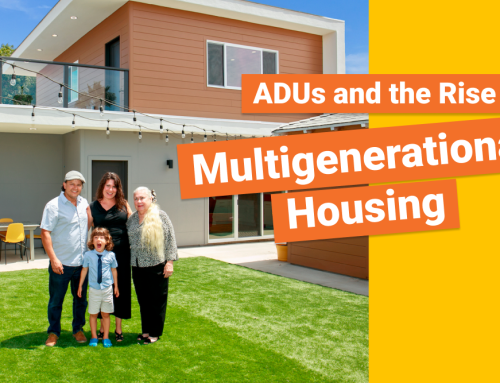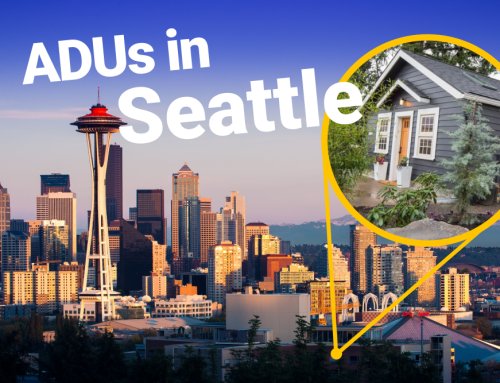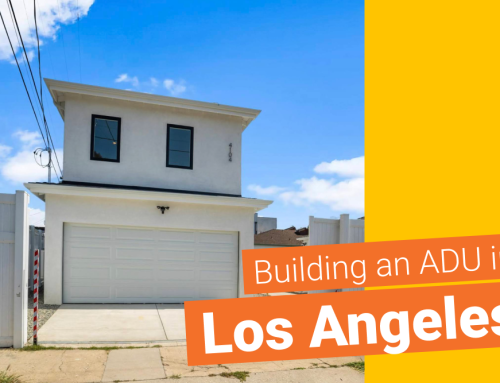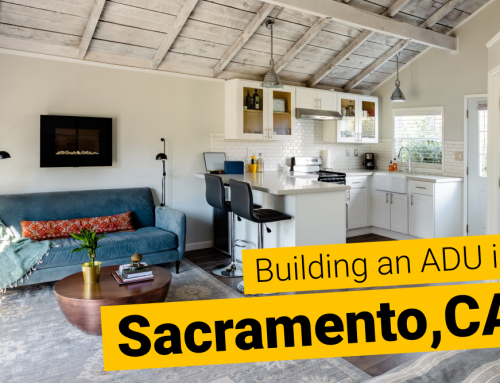With today’s affordable housing crisis, it feels more prudent than ever to look to ADUs as one possible solution, especially in San Jose, CA.
According to a case study by Redfin, the median price for a single family home in San Jose was almost $1.8M in April of 2022, compared to less than $1.2M three years earlier. That’s a 50% increase! This reality is hardly optimistic, especially for young adults buying for the first time.
On a more positive note, ADUs are quickly gaining in popularity for this very reason. And with new regulations in place from recent years, your options are about to get even better. We’ve seen some truly spectacular ADUs in our time and can’t wait to see what San Jose has to offer!
So, ready to learn more? Let’s dive in!
Are accessory dwelling units legal in San Jose?
Yes!
In 2017, California passed their first ADU laws. At the time, these laws were complicated and confusing for a lot of homeowners. Fortunately, there has been a lot of clarification done to help simplify those standards and make them easier to understand.
Even better? With the State of California passing more laws that lift ADU restrictions, it’s becoming easier and more affordable to build one than ever! Almost every year, we see big improvements to legislation, especially in 2023. Click here to get a glimpse of some of the newest bills.
How much does it cost to build an ADU in San Jose, CA?
The price range to build an ADU in San Jose is generally between $159,000 – $470,000. While $159k is on the low end of the spectrum, it’s likely that your ADU will cost more.
The price of your ADU depends on:
- Type of construction (above-garage ADUs are typically the most expensive to build, while garage conversions are the cheapest)
- Size
- Number of bedrooms and bathrooms
- Quality of finishes
- Lot characteristics
- Availability of material and labor
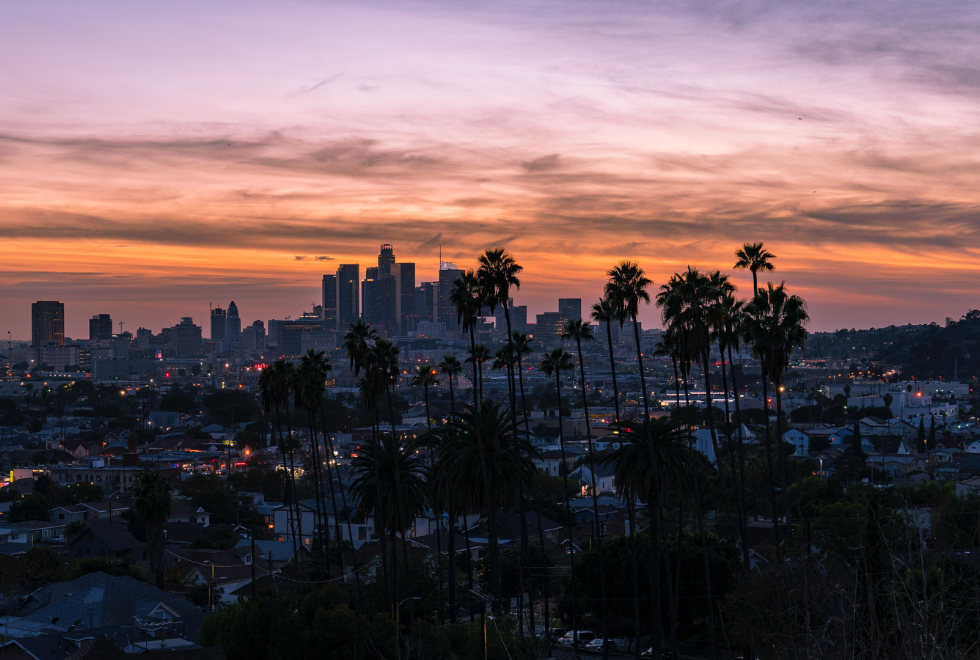
Homeowners are often shocked by the starting costs for an ADU. But it’s important to understand that building an ADU is not all that different from building a traditional, 2,000 square foot house. Both require the same elements; ADUs simply have a smaller footprint.
Many people try to use the cost per square foot method to arrive at an estimate for their ADU. But this method is notoriously deceiving, and here’s why.
Any home comes with fixed costs, regardless of size. For example, your design fees will not vary dramatically depending on the size of the ADU. Similarly, all ADUs are required to have a kitchen and bathroom, and that is expensive square footage no matter what. At the end of the day, building an ADU that’s 400 square feet versus 1,200 square feet will not really alter these fixed costs.
With all this in mind, here’s a word to the wise: Be extremely wary of anyone who claims they can build your ADU for under $100k. We monitored hundreds of projects last year and saw the real numbers come through. While there are certainly cost-saving tips to take, it’s unlikely that your project will come in under six digits.
But don’t be discouraged! One great way to keep costs down is by limiting the number of bells and whistles you add. The fancier you get with your design choices, such as vaulted ceilings or top-end appliances, the larger the price tag. It’s worth thinking about your must-haves versus other areas where you could be more flexible.
What kind of ADU can I build in San Jose?
Fortunately, there are so many options at your disposal! The trick is figuring out which one makes sense for you. Each type of ADU has different factors to consider before you make a final decision.
Here’s a quick rundown of your choices.
Detached ADU
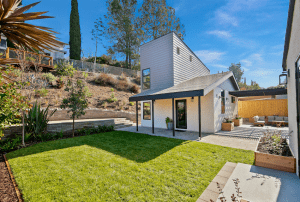
A detached ADU is a stand-alone build that is separate from the primary residence but on the same property, usually situated in the backyard.
From renting out the ADU to housing adult family members or caregivers, there are so many ways to maximize a detached ADU! This option provides a sense of privacy and autonomy while also remaining close to the main house.
Attached ADU
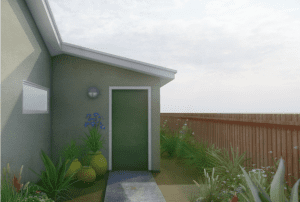
An attached ADU differs from a detached ADU because it is connected to the primary residence. They are sometimes wholly or partly created from an existing space, like an attached garage, attic, master suite, or rec room.
Garage Conversion ADU

Design by Maxable, Build by Sidekick Homes
This ADU is the most popular option and offers loads of advantages! For homeowners looking to upgrade their dingy garage into usable space, this is the way to go. It’s also financially advantageous given that it utilizes an already existing space. You can either choose to keep your ADU within the footprint of the original garage or expand beyond it.
Over the years, we’ve seen homeowners truly redefine innovation with their creative designs, like these 37 garage conversion ideas you’ll drool over. Everything from adding a deck or sunroom to using the garage door to provide additional natural light are all possibilities in store!
Above-Garage ADU

Design by Levi Design
This is a desirable option for homeowners who don’t want to lose their garage given the valuable storage and parking space it provides. But it’s important to note that most garages aren’t built to withstand the weight of an upstairs unit. So, it’ll need to be structurally enforced, making this option the most expensive type of ADU to build.
Nonetheless, these types of ADUs offer great privacy and amazing views. If you’re willing to shell out the extra cost, above-garage ADUs are excellent additions to any property. Learn if an above-garage ADU is right for you.
Basement
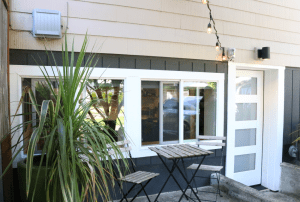
Even though basements aren’t very common in California, some lucky homeowners have the incredible opportunity to transform theirs into a gorgeous ADU. Much like garages, basements have great bones and are more financially feasible options than other, more expensive types of ADUs.
While there are some regulations for this type of conversion, they are still a fantastic choice for homeowners looking to take full advantage of the rarity that is their basement. Discover how to convert a basement into a living space, and take a tour of this 420 square foot basement conversion!
Where can I build an ADU in San Jose?
In San Jose, there are four residential zones that permit ADUs to be built:
- R-1 (single-unit residential, also the most common type of zoning in residential neighborhoods)
- R-2 (two-unit residential, such as a duplex)
- R-M (multiple-unit residential)
- PD (planned development)
In plain terms? Most any San Jose homeowner has the opportunity to add an ADU to their property! To check the zoning of your specific lot, visit the San Jose Zoning Map and enter your property address.
If your property does not fall within those four residential zones, then it must have one of the following General Plan designations, otherwise an ADU is not allowed:
- Residential neighborhood, mixed-use neighborhood, or mixed-use commercial
- Urban residential, transit residential, or rural residential
- Downtown or urban village
There are also some setback requirements for building on your property. These requirements vary depending on your lot type and the type of ADU you plan to build. For specific information, take a look at either the San Jose Municipal Code or the San Jose ADU checklist.
How many ADUs can I build in San Jose, CA?
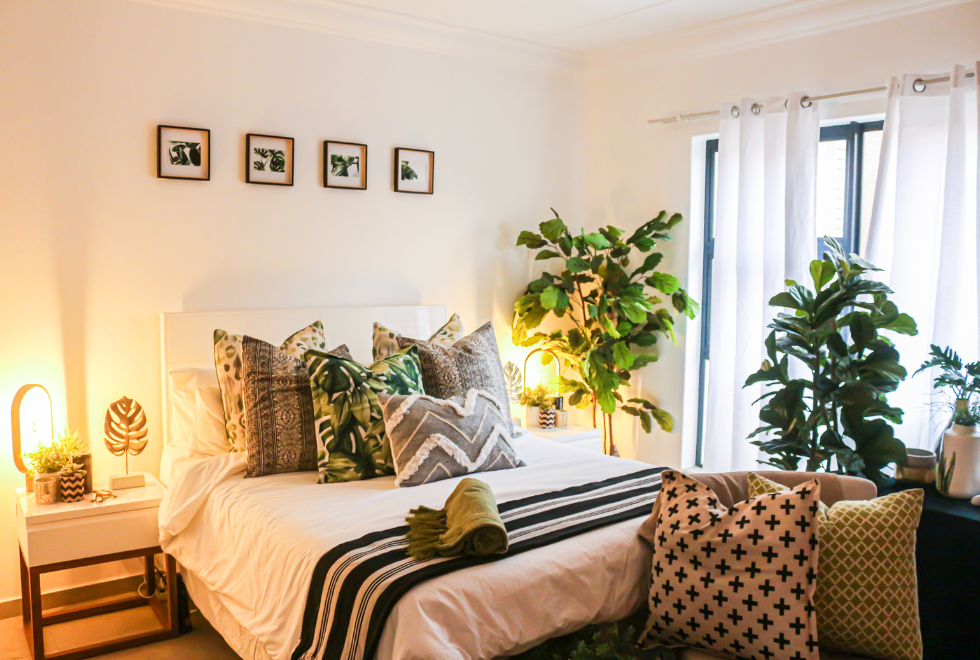
Previously unclear ADU language seemed to imply that you could only build one ADU and one JADU on the same property.
But as of January 2023, new developments now clearly state that you can actually build an attached ADU, a detached ADU, and a JADU, all on the same property! This is definitely an exciting update that homeowners should know about and take advantage of, if possible.
On a two-unit or multifamily property, no more than two detached ADUs are allowed. For a duplex, one attached ADU may also be permitted. In multifamily lots, several attached ADUs may also be allowed, but they must be equivalent to up to 25% of the existing units on the lot. For instance, a building that has 12 units may qualify for up to 3 attached ADUs. JADUs are not allowed on multifamily lots.
So, what is a JADU? Junior accessory dwelling units are a form of ADUs that are defined by the following characteristics:
- Size – 500 square feet max.
- Ingress and egress – 150 square feet extra – only if your jurisdiction specifically allows it.
- Location – Within a proposed or existing single-family dwelling or attached accessory structure, such as a garage.
- Separate entry – Exterior access (a separate entrance for the JADU) is required from the proposed or existing single-family dwelling.
- Interior entry to primary house – not required.
- Parking – Not required unless you convert your attached garage.
- Bathroom – May have a separate bathroom or shared with the single-family dwelling.
- Kitchen – Must meet “Efficiency Kitchen” requirements:
- Food preparation counter and storage cabinets that are of reasonable size in relation to the size of the JADU.
- Cooking facilities with appliances – 240-volt outlets are permitted.
- No restriction on maximum waste-line diameter.
Unlike ADUs, owner occupancy is required for the JADU. This means that the owner must reside in either the remaining portion of the single-family residence or the newly created junior accessory dwelling unit.
If you’re looking for more information on JADUs, watch this helpful explanation video.
How big can my ADU be in San Jose?
California state law allows for an ADU to be up to 800 square feet, but every city has the option to allow more.
In San Jose, it depends on the lot size and what type of ADU you plan to build.
Single-family properties smaller than 9,000 sq ft:
- Detached ADUs cannot exceed 1,000 sq ft.
- Attached ADUs can be a maximum of 800 sq ft or up to 50% of the primary residence area, as long as it doesn’t exceed 1,000 sq ft. For example, a 1,800 square foot home would allow for a 900 square foot attached ADU.
Single-family properties larger than 9,000 sq ft:
- Detached ADUs cannot exceed 1,200 sq ft.
- Attached ADUs can be a maximum of 800 sq ft or up to 50% of the primary residence area, as long as it doesn’t exceed 1,200 sq ft. For example, a 2,400 square foot home would allow for a 1,200 square foot attached ADU.
Single-family properties of any size:
- JADUs cannot exceed 500 sq ft.
- For properties with a proposed or already existing JADU on the property, both an attached or detached ADU cannot exceed 800 sq ft.
Multi-family properties of any size:
- Both a detached and an attached ADU cannot exceed 800 sq ft.
- JADUs are not permitted on multifamily properties.
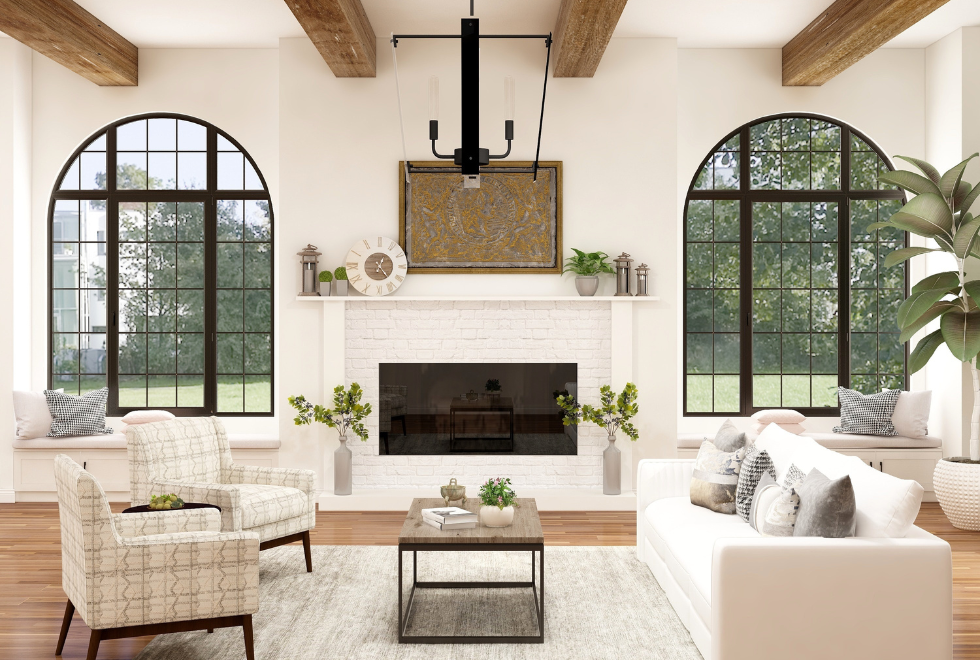
Keep in mind that any ADU you build must comply with the Rear Yard Coverage Rule. This rule states that any structure, including ADUs, cannot exceed 40% of the rear yard or 800 sq ft, whichever is greater. For clarification, your rear yard is the area from the rear property line to the rear of the main home, across the full width of the lot.
With all that being said, you may not want to build the biggest ADU possible. Why? Development and impact fees.
Most every structure has had to pay D&I fees at some point, as they support public improvements, services, and facilities. Sounds fine, right? Not when it comes to your budget. These fees can be quite substantial and could cost you thousands of extra dollars.
In California, however, you do not need to pay D&I fees if your ADU is under 750 square feet. For some, that’s one big reason to keep size in check, especially if maximizing the square footage potential wasn’t a priority to begin with.
Another point to mention are San Jose’s height limitations. Fortunately, California now requires all cities to allow at least a 16 ft height limit for ADUs. Although some cities can allow higher, they cannot restrict you from building your ADU any lower. Here are San Jose’s height regulations:
Single-family properties:
- 25 ft height limit for attached ADUs. This will also depend on the underlying zoning code of that property, whichever is lowest.
- 18 ft height limit for a one-story, detached ADU.
- 24 ft height limit for a two-story, detached ADU.
- 16 ft height limit for a JADU.
Multi-family properties:
- An attached ADU must maintain the height of the existing converted space.
- 16 ft height limit for a single-story, detached ADU.
- A two-story ADU is not allowed.
For any additional information regarding size restrictions for your ADU, refer to the San Jose Municipal Code.
Do I need a permit for an ADU?
Yes. You’ll need to get your building permit approved by the city planning department before you jump into construction.
The time frame for getting your permit approved can be a bit…uncertain. Most ADU projects in San Jose take somewhere between two and four months to get permits, but wait times can vary depending on the jurisdiction.
Even though this process can be time-consuming, never skip it. Not only could you face a lawsuit if a tenant got injured inside the unpermitted ADU, but the city could force you to pay hefty fines if they find out. And the worst case scenario? You have to tear down your ADU entirely.
Long story short, it’s much better to be patient!
Will my ADU need a parking spot in San Jose?
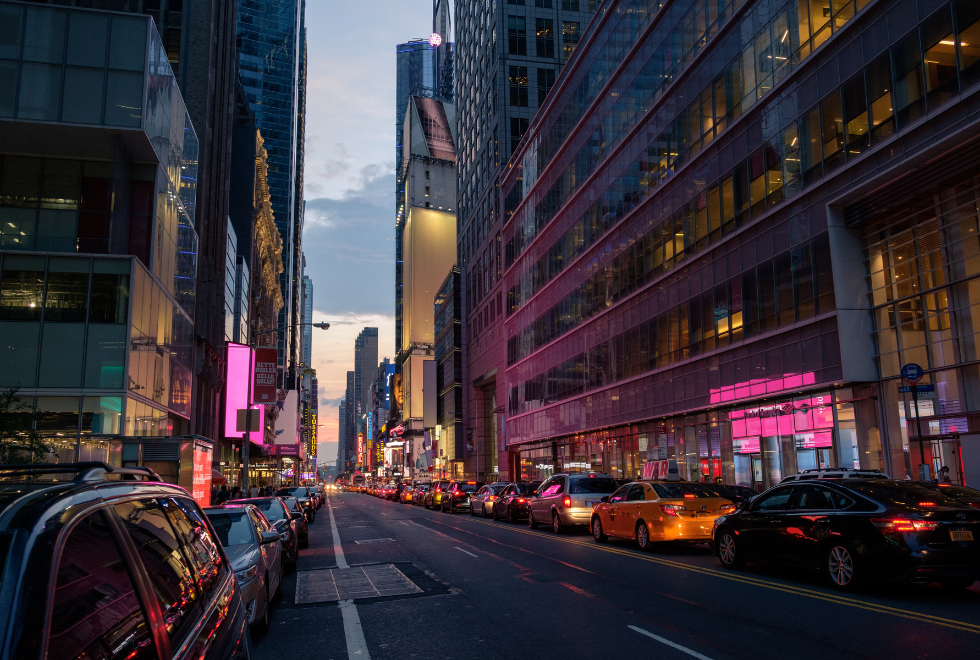
Good news! You are not required to provide a parking space for your ADU if:
- You are located within a ½ mile of walking distance to a public transit (bus or rail stop)
- You are one block from a designated car share pickup or drop off location
- You are within an applicable historical district
- Your ADU is contained within an existing structure
- A garage, carport, or parking structure was demolished in conjunction with ADU construction
Check to see if any of these exceptions apply to your property!
How long will it take to design and build my ADU in San Jose?
On average, ADUs take between 12 – 18 months from design to construction completion.
Surprised? There are a lot of factors that go into making an ADU happen.
There are four main phases: financing, design, permitting, and construction. Each phase has its own timeline, which can sometimes be impacted by factors entirely outside of your control.
Take the supply chain, for example. During the pandemic, there was a huge surge in home renovation projects. This made getting your hands on certain supplies like lumber rather challenging. You might even remember these difficulties firsthand!
Unique lot characteristics can also throw a wrench into things, as well as the backlog of work at your city’s planning department or simply bad weather conditions.
If you’re someone who hates having idle hands, no problem. There are always plenty of things that you can do to help your project keep moving forward. And should you work with Maxable, we’ll provide you with a customized ADU roadmap that explains how to prepare for each step! Contact us for more info!
San Jose ADU-Friendly Initiatives
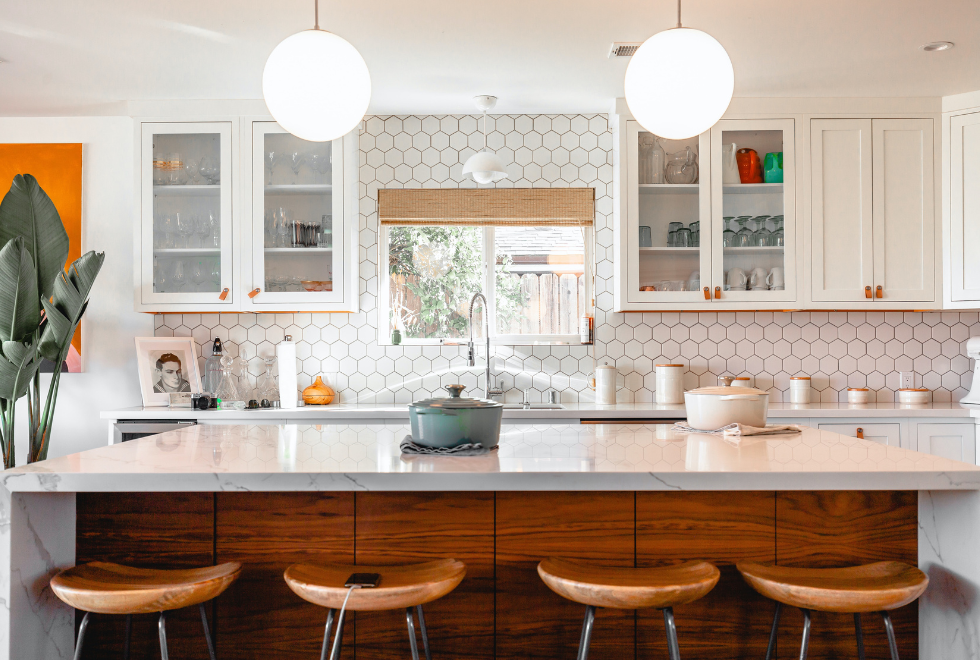
In recent years, San Jose has had a number of ADU breakthroughs, making the process more affordable and efficient than ever. Here are a couple key developments to check out!
Pre-Approved Master Plans initiative
One great way to make the ADU process faster and more affordable is through the pre-approved plan initiative, otherwise known as the Master Plan Program in San Jose!
This initiative allows homeowners to choose from a wide array of pre-approved ADU designs that have been created by an architect or designer. All you need to do is contact a firm to get access to these plans. Once you choose a design, the plans are then submitted to the city.
By going this route, you cut down on time in two big areas: designing and permitting. Think of it as an express lane. Although, it’s important to remember that pre-approved does not mean pre-permitted; these plans do still need to go through the permitting process, but it should go much quicker. In fact, if the site-specific plan and documents are accurate and complete, the city of San Jose says that permits can even be issued the same day as the scheduled plan review meeting! Nothing says “expedited” quite like that!
And don’t forget the cost savings you accrue along the way! While homeowners can always create something custom, this initiative reduces design fees and costs with the city. But just know that pre-approved design plans won’t guarantee that your ADU is inexpensive to build. ADUs with unusual rooflines, large windows, or other high-end design elements will be pricey no matter what.
Another big advantage to this initiative is that it’s mutually beneficial to both the homeowner and designer. Not only does the homeowner have the professional counsel and expertise of the original designer, but the designer doesn’t simply sign their designs away to the city. Truly a win-win!
If you’re considering this option, just know that if you make any changes outside the provided parameters, it is no longer pre-approved. But if you’re someone who is flexible about what you want (meaning that you can live with the design), a pre-approved plan might be the right choice for you.
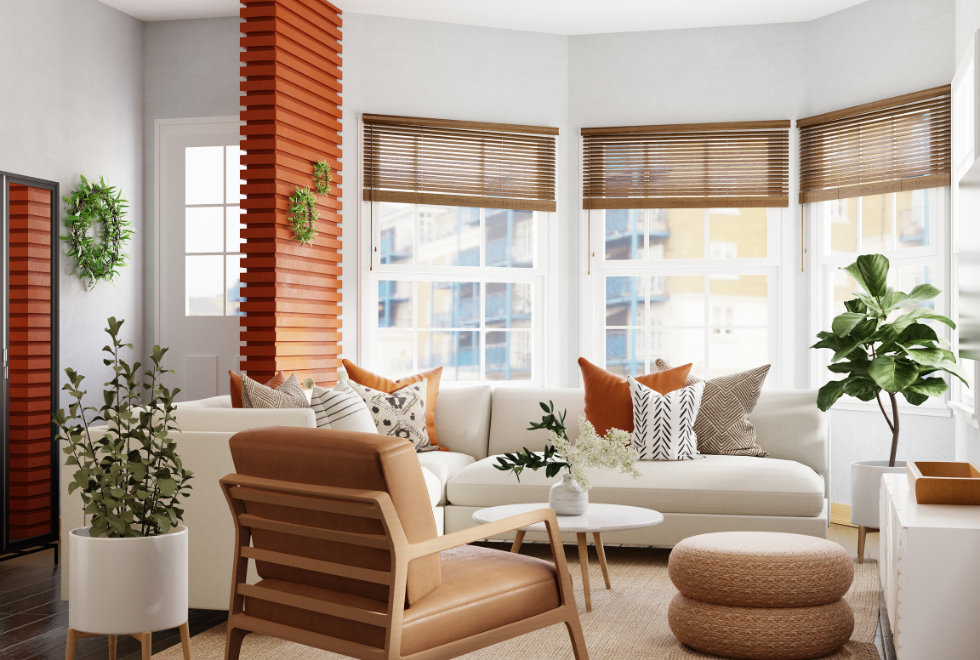
ADU Tuesdays
If you plan on building a single-story ADU with fewer than 900 sq ft, ADU Tuesdays are a great option to look into!
ADU Tuesdays means that you can walk into the Development Services Permit Center on a Tuesday with an appointment and walk out the very same day with your building permit! All that’s left is to start your project!
During the appointment, you will meet with the Development Services staff for a single, comprehensive review of your ADU plans. If no revisions are needed, then you will be given your permit. It’s really that simple!
Can I rent out my ADU in San Jose?
Absolutely! ADUs make great spaces for long-term tenants.
But renting out in the short-term? Not so much. Per state law, an ADU can only be rented for a minimum of 30 days.
But no worries! Opting to rent out your ADU in the long-term is a great way to earn substantial passive income. So, how much are we talking about?
To give you a better idea, according to rentcafe.com, the average rent for an 884 square foot apartment in San Jose costs around $3,031 per month. ADUs usually yield higher rents thanks to their privacy and outdoor space, so we’d estimate you could rent your ADU for about $3,300. Not too shabby!
Consider Kylee and Steven’s success story, for instance. In 2017, they found the perfect property to buy. The only problem was its $1.2M price tag, which was especially daunting for a young couple. But they saw light at the end of the tunnel the moment they considered the 400 square foot ADU above the garage.
The ADU was in dire need of a makeover, and that’s just what Kylee and Steven got to work doing. It wasn’t long before they began renting the new and improved property and generating substantial passive income, allowing them to use their ADU to pay off their mortgage!
Check out the full video tour of their ADU here.
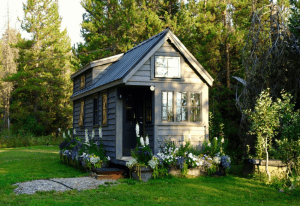
Plan, hire, and manage your ADU project with Maxable!
While times change, the need for housing does not. After consulting with thousands of homeowners and helping hundreds complete ADUs, we’re more passionate than ever about accessory dwelling units!
Building an ADU is a big but rewarding commitment. At Maxable, we’re here to equip you with the knowledge and team of ADU professionals to help launch your ADU project. That way, you’ll have the proper support from beginning to end.
Ready to get started? Tell us about your project here to get connected to ADU designers, prefab companies, and other ADU essentials in San Jose.

